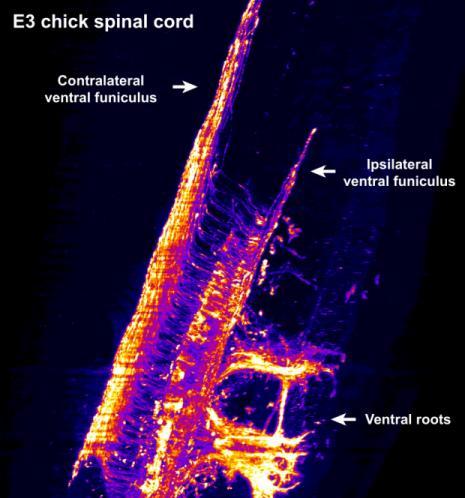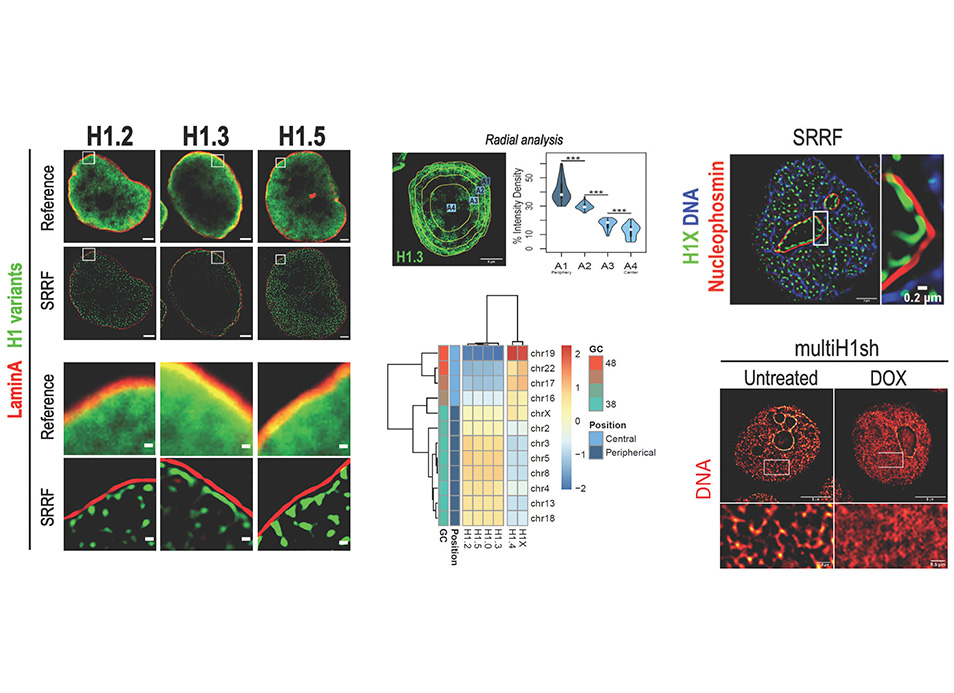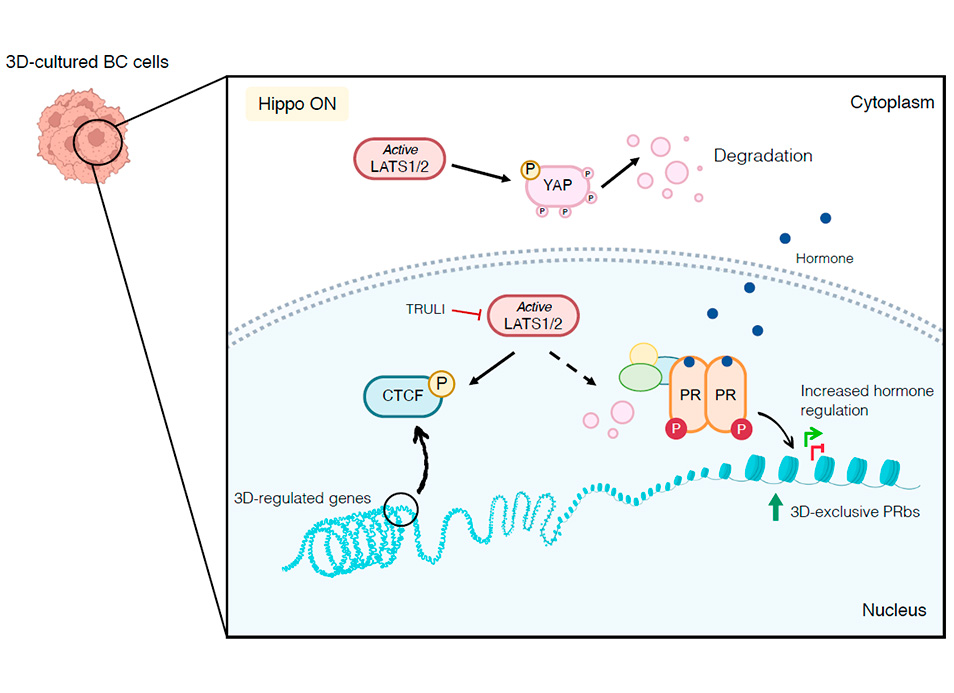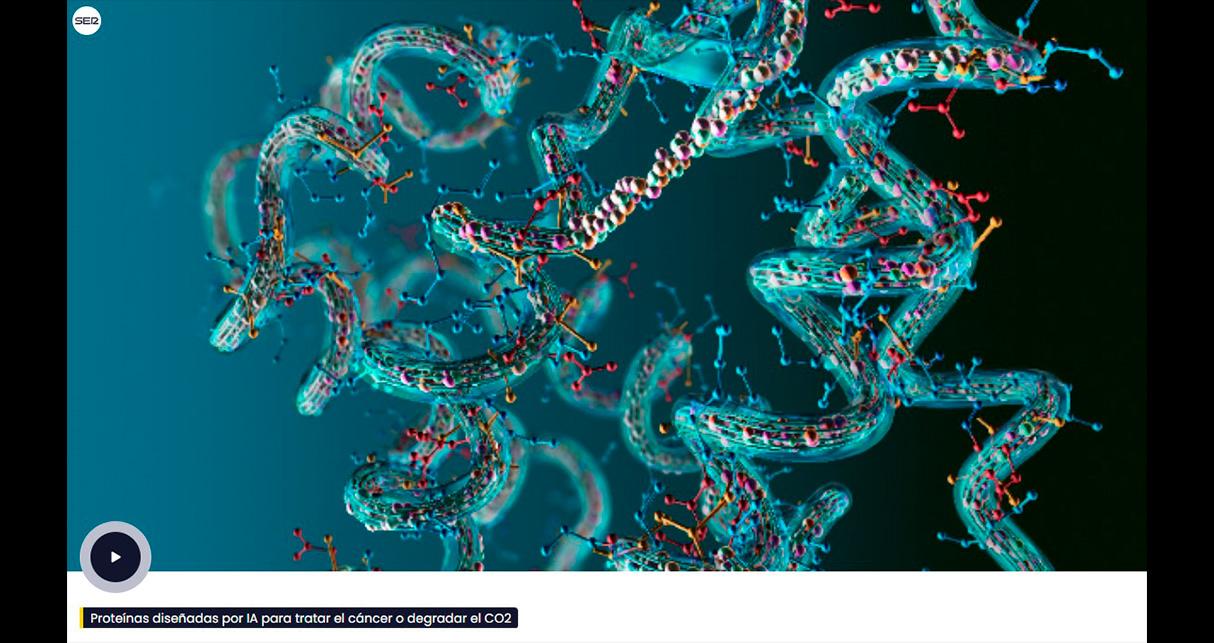New publication in eLife of the Jordan Lab in collaboration with the IBMB Imaging Platform showing that…
Sebastian Pons’s lab has revealed that neurogenesis readdresses β-catenin from the adherens junctions to the nucleus to stimulate genes that control the growth and guidance of commissural axons in developing spinal cord.
Neurogenesis changes β-catenin shipping address from adherens junctions to nucleus to booster axonal growth.
Abstract
Here we show that in the developing spinal cord (SC), after the early Wnt-mediated Tcf-transcription activation that confers dorsal identity to neural stem cells (NSCs), neurogenesis readdressed β-catenin from the adherens junctions (AJs) to the nucleus to stimulate Tcf-dependent transcription in a Wnt-independent manner. This new β-catenin activity regulates genes implicated in several aspects of contralateral axon growth, including axon guidance and adhesion. Using live imaging of ex-vivo chick neural tube (NT), we show that the nuclear accumulation of β-catenin and the rise of Tcf-dependent transcription both initiate before the dismantling of the AJs, and remain during the axon elongation process. Notably, we demonstrate β-catenin activity in post-mitotic cells depends on TCF7L2 and is central for spinal commissural axon growth. Together, our results reveal a Wnt independent Tcf/β-catenin regulation of genes that control the growth and guidance of commissural axons in chick SC.
Reference
Herrera A, Menendez A, Ochoa A, Bardia L, Colombelli J, Pons S. Neurogenesis changes β-catenin shipping address from adherens junctions to nucleus to booster axonal growth. Development. 2023 Jul 31:dev.201651. doi: 10.1242/dev.201651. Epub ahead of print. PMID: 37519286.

3D reconstruction of volume imaging performed at the Advanced Digital Microscopy facility of IRB using light-sheet fluorescence microscopy of cleared E3 chick embryos. The reconstructed image shows axons crossing the commissure, as well as the ipsilateral and contralateral ventral axon tracts.



